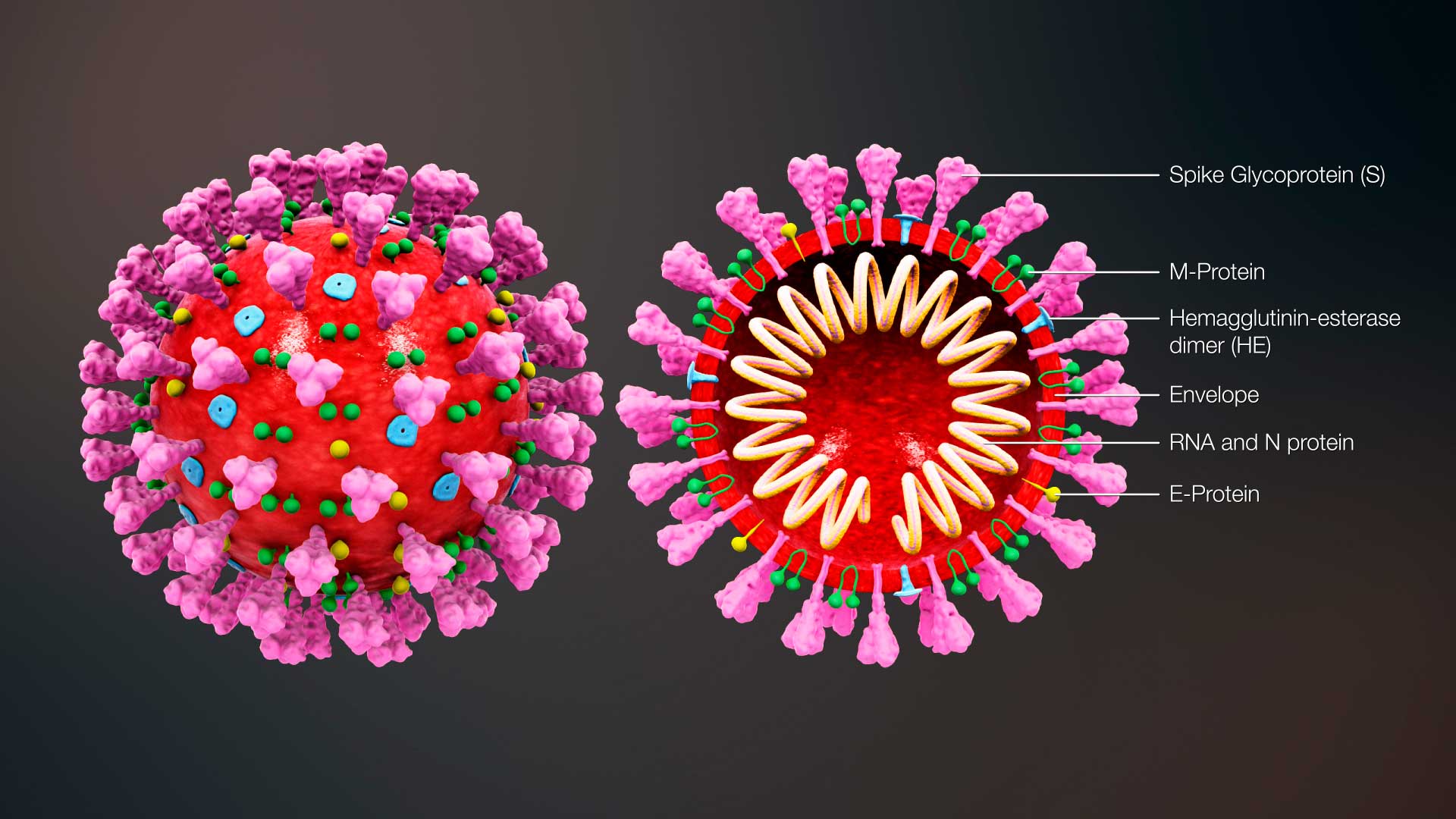Description

Coronavirus Detection (SARS-CoV-2)
Detection of new Coronavirus RNA (SARS-CoV-2)
Background:
Coronaviruses are RNA viruses, with the most common human pathogens being 229E and NL63 of the Alpha group, as well as OC43 and HKU1 of the Beta group commonly causing the common cold. However, the SARS-CoV pandemic in 2003 with more than 800 deaths and the MERS-CoV pandemic that started in Arabia made this virus family known internationally. The SARS-CoV-2 virus is responsible for COVID-19 disease.
For more information and guidelines regarding the new coronavirus you may visit the NPHO page here.
Method:
Molecular detection of SARS-CoV-2 virus with the RT-Real Time PCR technique with the diagnostic set RealAccurate Quadruplex SARS-CoV-2 PCR Kit (CE, IVD) of the company Pathofinder (The Netherlands). It is the reference method (gold standard).
Performance characteristics:
With this technique it is possible to detect 10 copies of the viral genome per reaction.
Suitable samples:
Clinical specimens taken from the lower respiratory tract are expected to have a higher diagnostic value than specimens from the upper respiratory tract. The World Health Organization (WHO) recommends that clinical samples be taken from the lower respiratory tract, such as sputum, endotracheal secretions, or bronchoalveolar lavage, whenever possible.
If patients do not show symptoms or signs of lower respiratory tract infection or if sampling from the lower respiratory tract is not possible, clinical samples should be taken from the upper respiratory tract, such as nasopharyngeal secretions or a combination of nasopharyngeal and nasopharyngeal specimens. The special pen and tube with the material for maintenance and transport of clinical respiratory samples for the control of 2019-nCoV, are the same as those used for the control for influenza viruses.
The clinical specimen in the transport material can be stored in a common refrigerator during maintenance (+ 4C). The sample can be kept in the refrigerator for up to 3 days. The sample is transferred to ice with triple packing.
Results:
The lab accepts samples between Monday – Friday 09:00-15:00.
Results are released within two (2) working days upon sample registration.
For samples registered on Friday, later than 14:00, viral RNA will be eluted, kept at -80o C, while the detection of 2019-nCoV will be completed the next working day.
Sampling performed at home by specialized nursing staff following on-line reservation or through our secretariats.

